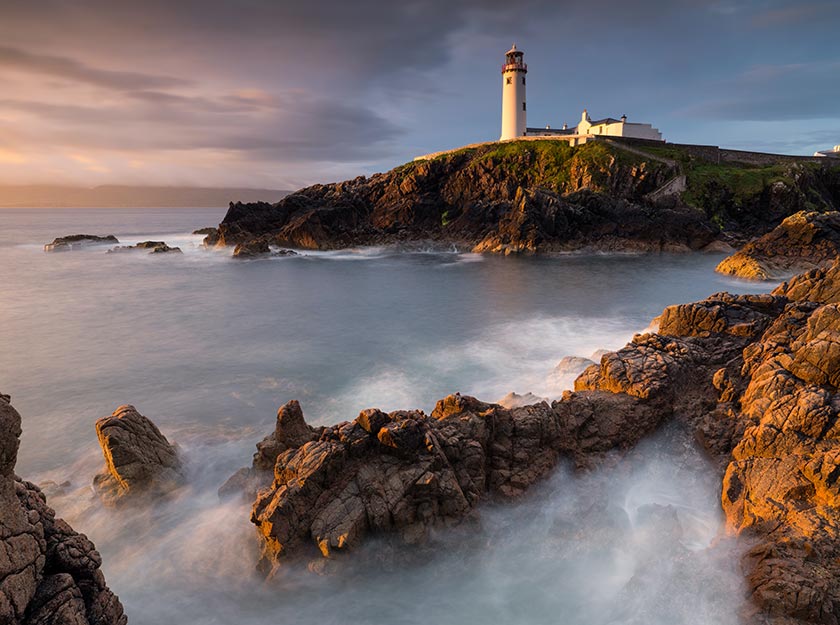Best landscape photographers.
The best landscape photographers challenge the way we perceive the world around us, inviting us to pause and revel in the beauty and vastness that can be found in nature, in our built world, and where the two intersect. They can also function as documentarians, even if it’s not their primary intention. Since landscapes are ever-changing and so much of the natural world is threatened by human encroachment, landscape photographers create images that serve as a reminder of what we have to protect.
Whether you’re new to landscape photography and want to explore the canon of some of the greatest photographers to have ever created images in this field, or you’re a seasoned landscape photographer wanting to revisit the most inspiring landscape photographers, you’ve come to the right place. Read on to see how different photographers working under the same broad umbrella each create their own spin on landscape photos.
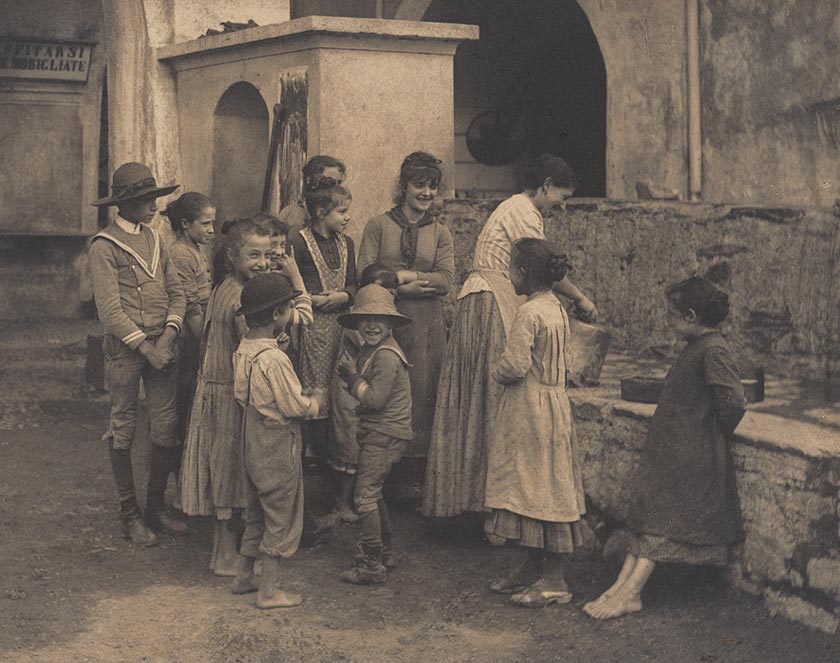
Alfred Steiglitz
Alfred Steiglitz isn’t just an important figure in landscape photography but in photography as a whole. He played a significant role in elevating the new medium of photography to the level of art in the public’s perception.
His work dates from the 1890s through to the 1930s, and many of his images constitute some of the earliest explorations of photography as an art form. He pioneered a style called Pictorial photography, in which the photographer aimed not just to capture a scene as it is but to evoke an atmosphere by capturing elements like mist, fog, or rain.
While he produced many famous and influential images, some of his most famous landscapes are what would today be considered urban landscapes, capturing street scenes in New York and various European cities.
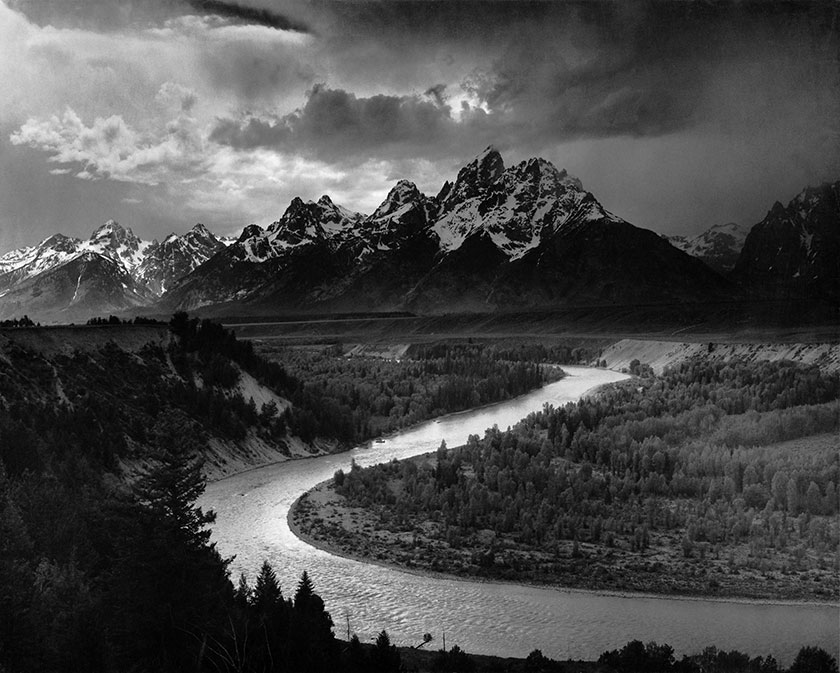
Ansel Adams
No list of landscape photography examples would be complete without Ansel Adams. Widely considered to be the best and most influential landscape photographer of the 20th century, his famous black and white landscapes are striking even today, a century after many of them were produced. Most of his work dates from the 1920s to the 1950s, and his most celebrated images are of various American national parks, like Yosemite.
His work represents a departure from the Pictorialist style of his predecessors. While he initially trained in this style, he developed his own distinct approach which is sharp, crisp, and bold. He was also an environmentalist, and through his images shares a message of the need to protect America’s vast national parks.
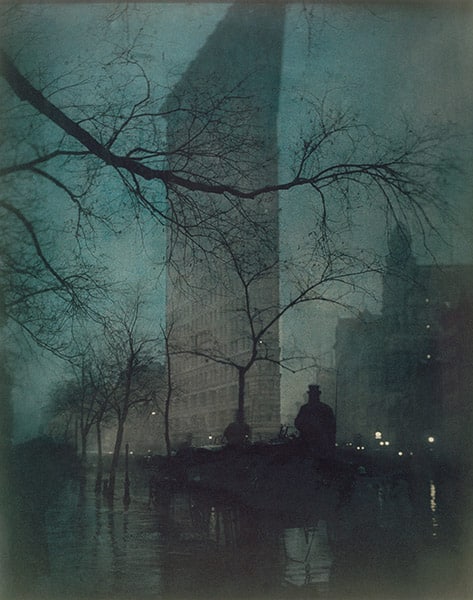
Edward Steichen
Edward Steichen was a profoundly influential Luxembourg-born, American-raised photographer who lived from 1879 to 1973. His work spans the fields of fashion photography, documentary photography, and landscape photography, and he served as a major influence on iconic photographers such as Alfred Steiglitz.
His landscapes can primarily be identified as belonging to the Pictorialist school, but he succeeded in imbuing his work with a quality that is immediately recognizable. Many of his landscapes have a haunting, moody quality that sets him apart from other photographers of his time.
Borrowing from the Tonalist movement in painting, he colorized his photographs in a Tonalist style, creating a synthesis of photography and painting that resulted in his distinctive impressionistic style.
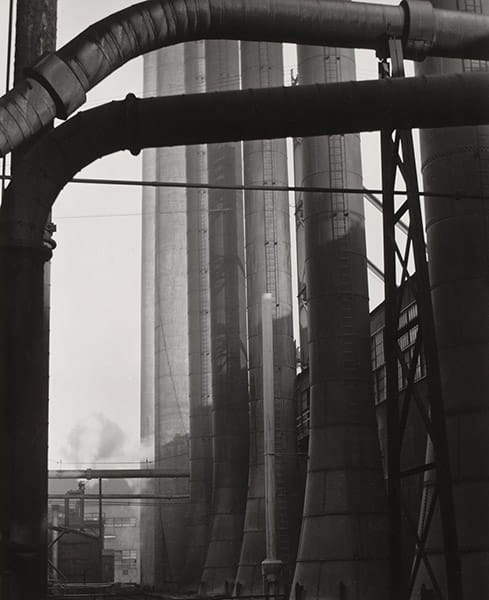
Edward Weston
Another great American photographer working in landscapes as well as other subjects, Weston also straddled the 19th and 20th centuries. His work dates primarily from 1902 to 1946. Looking through Weston’s images, you can’t help but be struck by the poetry he was able to convey when capturing something as simple as a cabbage leaf or a sea shell, which is every bit as interesting to look at as his landscapes of American sand dunes.
His style is characterized by stark, sharp contrast, and beautiful undulating lines, all rendered gorgeously in prints that are as impressive today as they must have been when they were first printed.
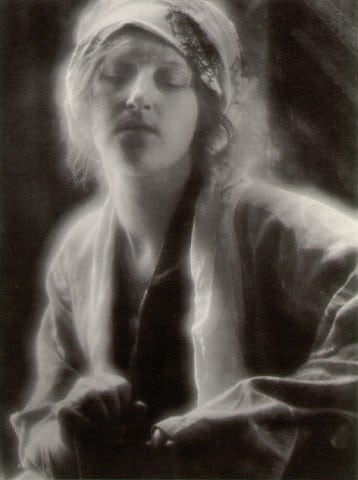
Imogen Cunningham
Imogen Cunningham was a pioneering American photographer who lived from 1883 to 1976. She got her start as a student by capturing plant images for her university’s botany department to earn money, and these botanical images remain intensely fascinating and beautiful today.
Her approach to landscape photography was unrestrained by convention: it’s evident that she took as much joy and interest in capturing urban landscapes as she did in shooting more natural, uninhabited parts of the country. These urban landscapes, largely taken around Los Angeles and Oakland, capture an America in transition.
Her career culminated in becoming a photographer for Vanity Fair, where she photographed many famous subjects of the time and developed an interest in capturing images of hands. Whether she was shooting botanical subject matter, landscapes, screen stars, or the hands of her subject, her work is characterized by a distinctive and beautiful interplay of light and shadow.
Joel Sternfeld
Joel Sternfeld is the first landscape photographer on this list who is still living and working today. Born in 1944, Sternfeld is celebrated for his tremendous influence on making color photography more recognized as a fine art form.
His most well-known images are large format landscapes of the changing America he saw around him – his work serves as a perfect balance between landscape photography and documentary photography.
His 1987 book American Prospects was a lauded success at the time of its publication and serves as a time capsule from his travels across the country. It’s touching, beautiful, and, at times sad and destitute: a testament to how much emotion can be conveyed through the medium of landscape photography.
Lee Freidlander
Born in 1934, most of Lee Friendlander’s published work spans from the 1950s through the 1980s. If you look through his images, you’d likely categorize them as street photography. He is indeed one of the most influential street photographers of the last century, but he is also recognized as a pioneer of social landscape photography.
This term refers to his distinct compositions that capture the essence of urban life in little vignettes. Many of his images include shop windows, posters, and other urban ephemera. Through his lens, he conveys an authentic feeling of what American urban life felt like at the moments in history in which he was shooting.
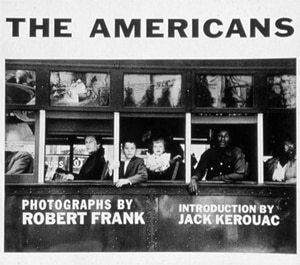
Robert Frank
Swiss photographer Robert Frank (1924-2019) is best known for his massively influential 1958 book, The Americans.
The result of a trip across America that a young Frank took with the proceeds from a Guggenheim fellowship, the book includes a mix of landscape, documentary, and portrait photography that tells a story of the country through the eyes of an outsider. For this, he has been compared to a 20th century de Tocqueville. However, many critics didn’t respond warmly to the book at the time that it was published since its depictions of racial strife were seen as an insult to America’s character.
A testament to the storytelling power of landscape photography, The Americans remains an iconic book to this day.
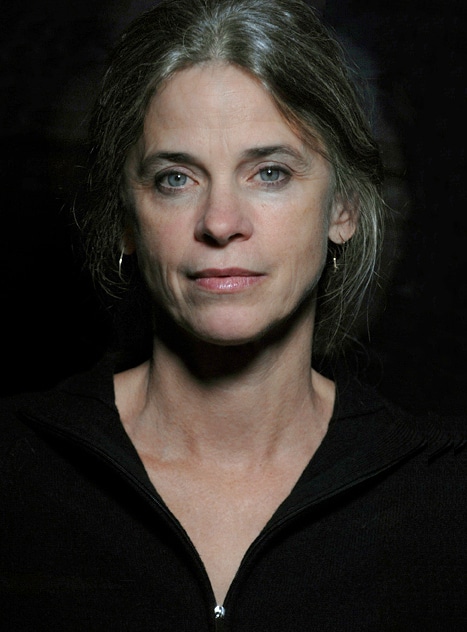
Sally Mann
Sally Mann is an American photographer who is still active today, although her most influential landscape photography was taken in the 1990s.
Her black and white photographs of landscapes from the American South are highly celebrated. And the most distinct among them are reminiscent of the work of early landscape photographers like Steiglitz. That’s because despite working in the later half of the 20th century, Mann often experimented with traditional photographic techniques dating back to the 19th century.
These largely lost techniques give her work a ghostly quality and have the effect of collapsing time by making our contemporary world look more like a world that has long since passed.
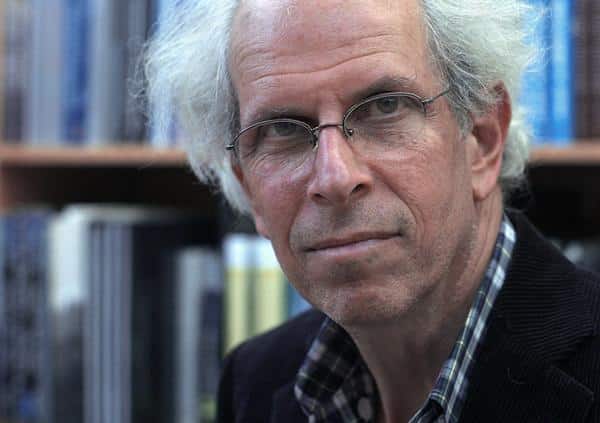
Stephen Shore
Stephen Shore is a New York-born American photographer known for his books Uncommon Places and American Surfaces, published in 1982 and 1999 respectively. He is also well known for his images of Andy Warhol’s creative milieux, captured during a time when a young Shore was frequently visiting Warhol’s studio.
Like the many great American landscape photographers who came before him, Shore’s masterful landscapes were captured while road tripping across America and Canada.
Through his use of color photography, he captures the tones of small-town America, from the faded colors of abandoned towns to the lively hues of urban life.
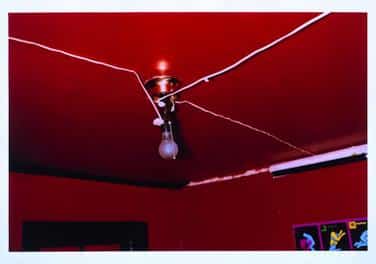
William Eggleston
Born in 1939, American photographer William Eggleston is known for his colorful images of otherwise mundane Americana, which through his lens become interesting, complex, and sometimes dark.
His landscapes can be characterized as urban landscapes or social landscapes in the style of Lee Friedlander. This type of landscape photography is a testament to the fact that you don’t need access to remote, vast landscapes to be a masterful landscape photographer: you can capture the landscapes around you, whether they’re urban or rural, developed or natural.
